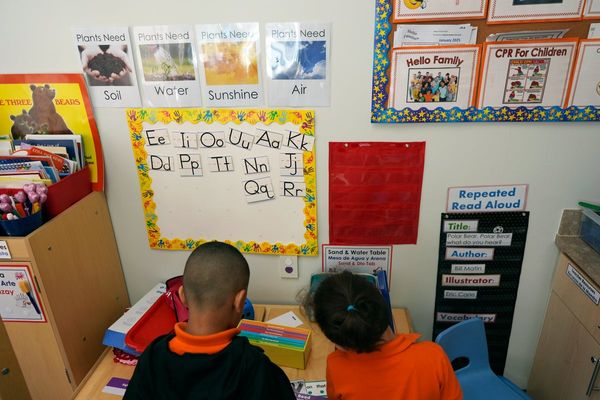
An Aboriginal sacred place located 65 metres from a land bridge used by Rio Tinto to haul iron ore is at least 50,000 years old, with new research finding evidence of occupation during the height of the last ice age.
The mining giant, which funded the latest excavation, has promised to ensure the site “is preserved for future generations”.
Archaeological exploration at the site, known as Yirra by the Yinhawangka traditional owners, has yielded stone tools, charcoal and bone which show a 50,000-plus year habitation, making it one of the oldest sites yet found in Australia.
The research is the first traditional owner-led, non-mining related, heritage excavation on Yinhawangka country, and the first time Rio Tinto has participated in such exploration.
The initiative is part of the company’s efforts to improve its relationships with traditional owner groups in the wake of the Juukan Gorge disaster, when the iron ore giant destroyed a 46,000 year old rock shelter against the consent of Puutu Kunti Kurrama and Pinikura traditional owners.
A subsequent 2021 federal parliamentary inquiry heard that archaeological work was usually perfunctory, and only done as part of a mining company’s application to destroy Aboriginal heritage sites under Western Australia’s previous heritage laws.
Heritage experts told the inquiry that very few sites were studied in detail before the sign-off to destroy was given. The work at Yirra marks a significant departure from that practice.
Yinhawangka people told the Juukan Gorge inquiry they were concerned for the integrity of Yirra, which was recorded in the WA heritage system but was not a registered site and therefore “unprotected”.

The traditional owners said Yirra was very close to a “massive” (110-metre high) land bridge that haul pack trucks used to deliver ore from the mine pit. They said large boulders had rolled onto the site and there was significant soil erosion.
Rio Tinto’s cultural heritage management plan did not provide for any actions relating to Yirra at that time, they said.
Now there are calls for more work of this kind to be done.
“We hope that Yirra will help us tell our ancestral story to Australia and our future generations. We would still be visiting this site if it wasn’t for the mining leases,” Yinhawangka Aboriginal corporation (YAC) chair Halloway Smirke said.
“All Pilbara groups should have this kind of science work done on cultural sites.
“Important sites like Yirra need to be protected, especially when they turn out to be amongst the oldest known places of human habitation in Australia,” Smirke said.
YAC heritage manager, archeologist and anthropologist Dr Anna Fagan said the study was globally significant.
“This was the first study of its kind to be done, not for mining compliance or heritage clearance, but for Yinhawangka People and Country. The Yirra findings help overturn and reset ideas of desert presence in Australia and I’m confident in global narratives,” Dr Fagan said.
A spokesperson for Rio Tinto said the company acknowledged the significance of Yirra “and are committed to working in partnership with the Yinhawangka people” to preserve it.
“We’ve undertaken a geotechnical study to further our understanding of the surrounds of the site and implemented additional controls,” the spokesperson said, without elaborating.
YAC conducted the archaeological work in collaboration with Archae-aus heritage consultants, and researchers from the University of Western Australia.
Archae-aus director Fiona Hook, who excavated the site with her husband, the late Dr Bruce Veitch, and traditional owners more than 20 years ago, said the importance of the site has now been proven beyond doubt.
“When the old dates were returned, I was overwhelmed by emotion. I’ve worked with three generations of Yinhawangka People at this place. It is such an immense relief that we finally got to return to the site and excavate Yirra again after 20 years of waiting,” Hook said.
Rio Tinto said it plans to fund further traditional owner-led cultural research and archaeological excavations.
“This is a wonderful outcome for the Yinhawangka people and we welcome this incredible discovery,” Rio’s iron ore chief executive Simon Trott said.
“These findings at Yirra are a major archaeological breakthrough of international significance, expanding knowledge of Aboriginal occupation in the Pilbara,” Trott said.
Rio Tinto is in talks with other traditional owner groups in the Pilbara to fund further traditional owner-led cultural research and archaeological excavations, a spokesperson said.







